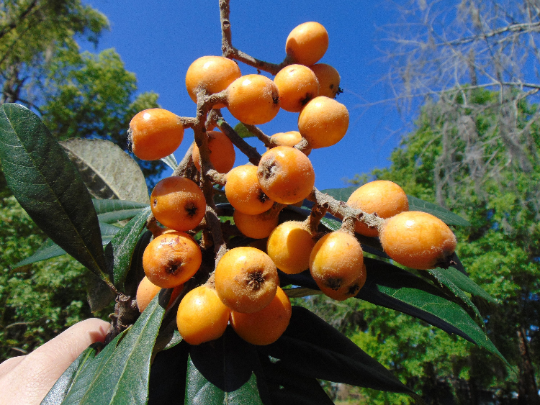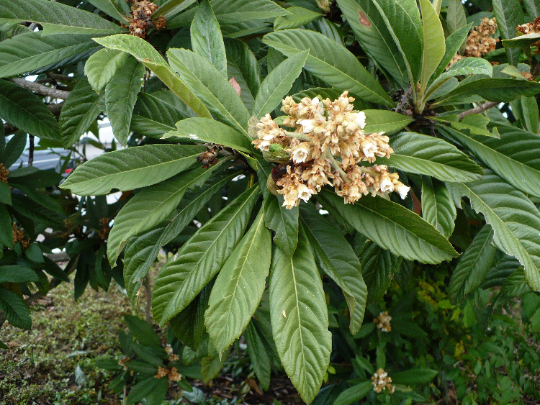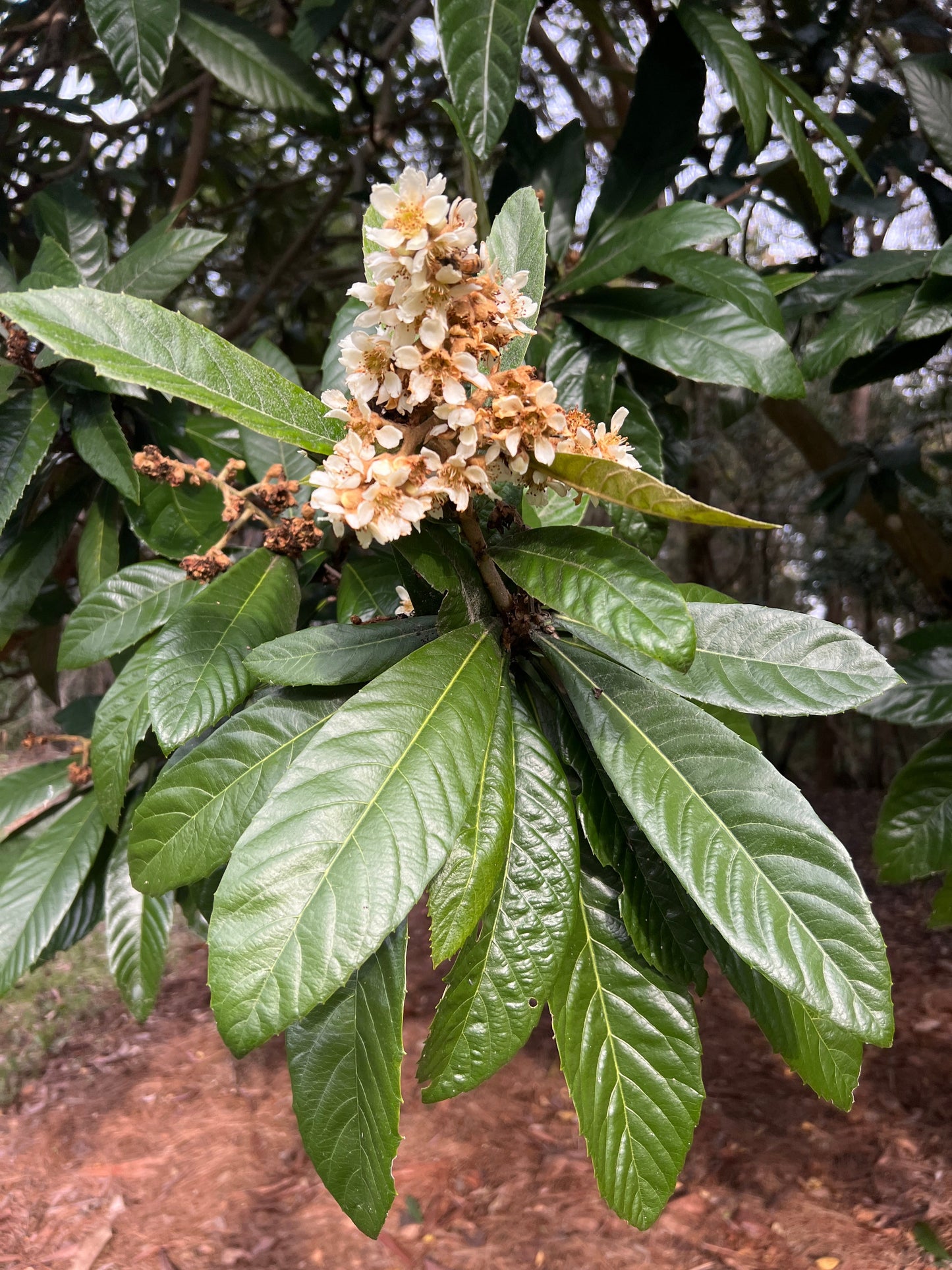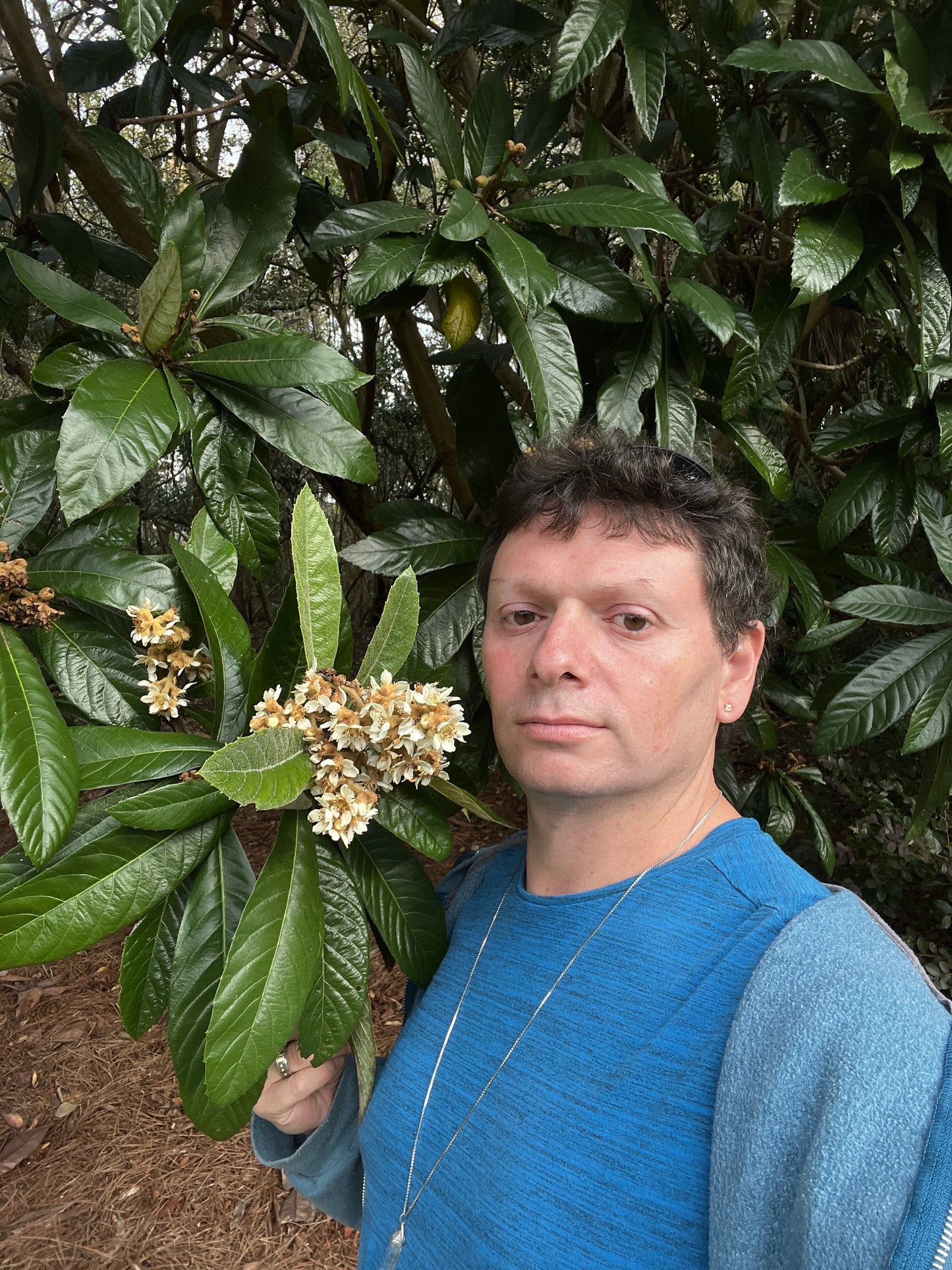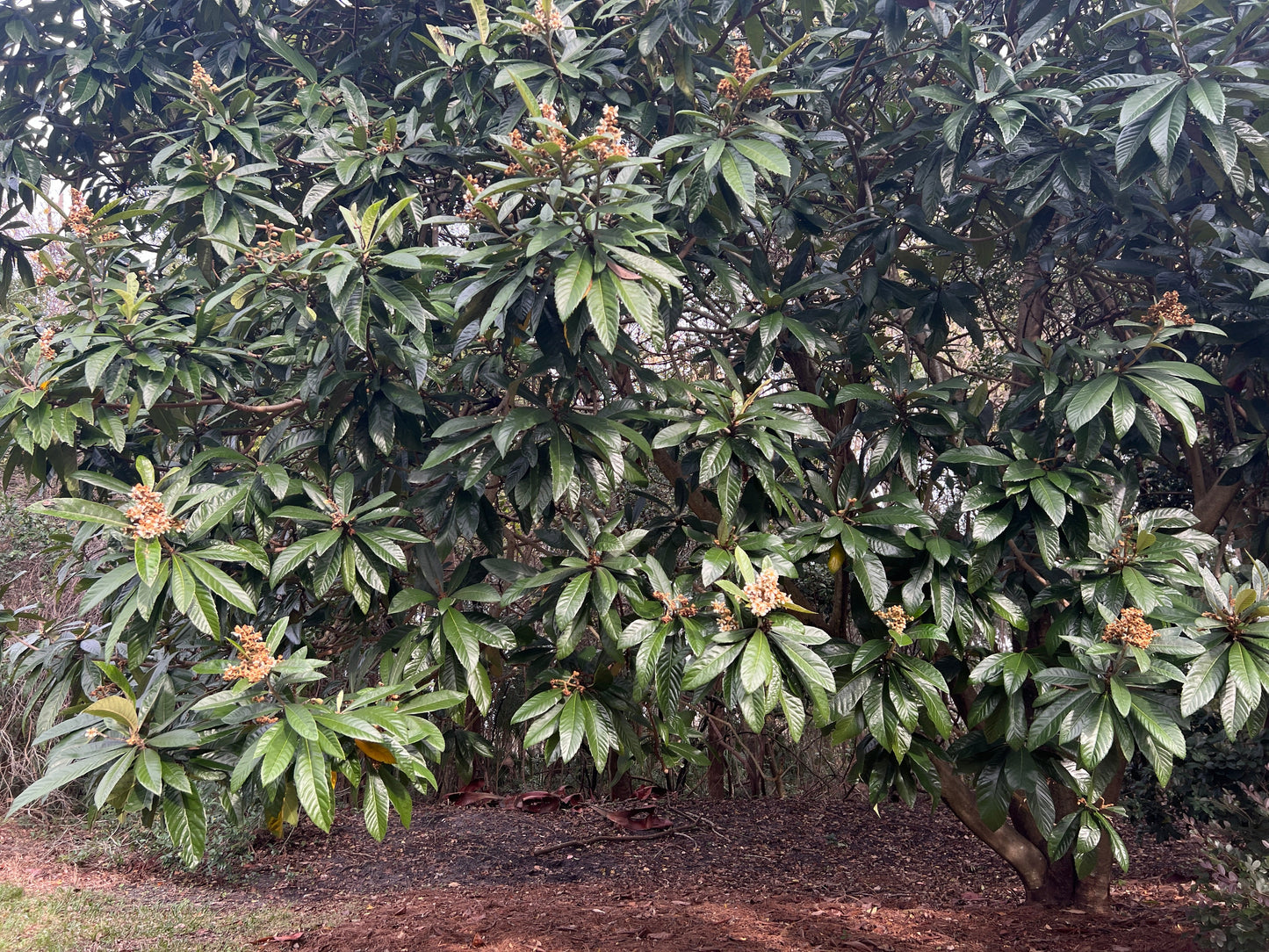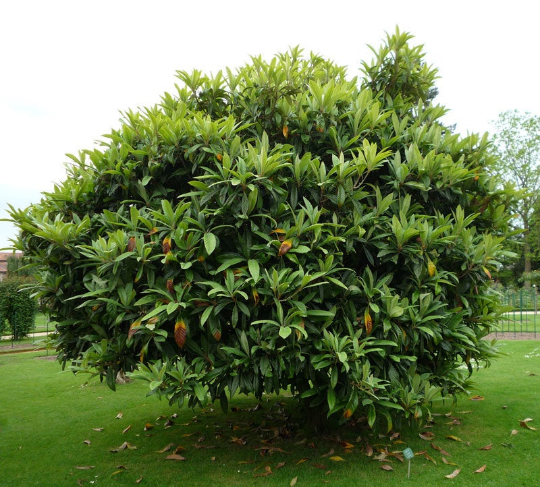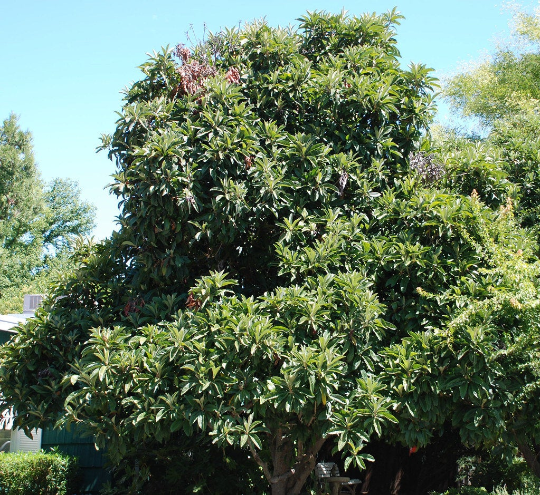Floridaseeds
Loquat Japanese Medlar Eriobotrya japonica 20 Seeds USA Company
Loquat Japanese Medlar Eriobotrya japonica 20 Seeds USA Company
Couldn't load pickup availability
As prized for its beauty as it is for its tasty offerings, loquat is unusual in that it flowers in the fall and produces fruit in late winter/early spring. Native to China, carefully cultivated in Japan for a thousand years or more, and beloved in the American South, Eriobotrya japonica is an evergreen tree that can grow to 25 feet and spread 15 to 20 wide. Also known as Japanese plum or Japanese medlar, loquat produces large, dark green leaves that are often used in floral arrangements. Younger leaves are downy, whereas older leaves become more leathery. The tree produces clusters of 1-inch delicate flowers that produce a sweet, far-traveling fragrance. The flowers give way to round or pear-shaped yellow-orange fruits that are 1 to 2 inches long.
The yellow, orange, or white flesh of the fruit can be sweet or slightly acidic. Their sweet-tart flavor has been described variously as being similar to plum, lemon, apricot, cherry, grape, or some combination thereof. E. japonica is a member of the pome family and is a cousin of pears, apples, and quinces. Its produce is firm and juicy, and contains two or three large, dark brown seeds. This bushy, dense tree does well in zones 8-10. The tree can tolerate temperatures as low as 10°F.
It also often grows as a large spreading shrub. It is generally noted for its compact size, attractive foliage, fragrant flowers and edible fruit. Leathery, elliptic-lanceolate leaves (to 12" long) with toothed margins are dark green above and light green covered with rusty down beneath. Sweetly fragrant, five-petaled, white flowers in large panicles (to 6" long) bloom in late fall-early winter. Flowers are followed by small spherical to pear-shaped fruits (to 1-2" long), each with juicy flesh and one to several large seeds. Fruits typically ripen in spring (February in Florida and April in California). Fruits have smooth to downy, yellow to orange skin. Fruits are excellent when eaten fresh off the tree or in salads, sauces, jellies/jams or tarts/pies. Many different fruiting cultivars exist in commerce. Winter hardy to USDA Zones 8-10 where it is best grown in fertile, evenly moist, well-drained loams in full sun to part shade. Best with consistent moisture, but established plants will tolerate some drought.
Growing Instructions for the Loquat
- Prepare a mixture of half potting soil and half sand, perlite or vermiculite. Water the mixture so that it is moist but not wet. 2. Put the seeds on the soil. 3. Cover the seeds with a thin layer of soil. 4. Water the seeds. 5. Place the pots in an area with warm temperatures in full sun or part shade. 6. When the seedlings are a few inches tall, they can be transplanted.
Materials
Materials
Shipping & Returns
Shipping & Returns
Dimensions
Dimensions
Care Instructions
Care Instructions
Share

